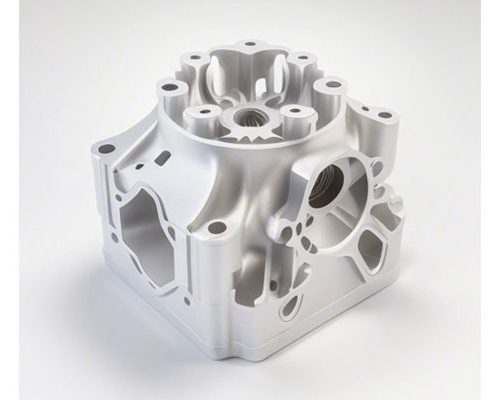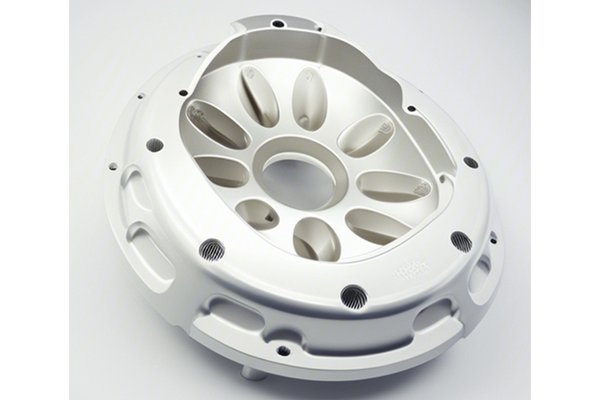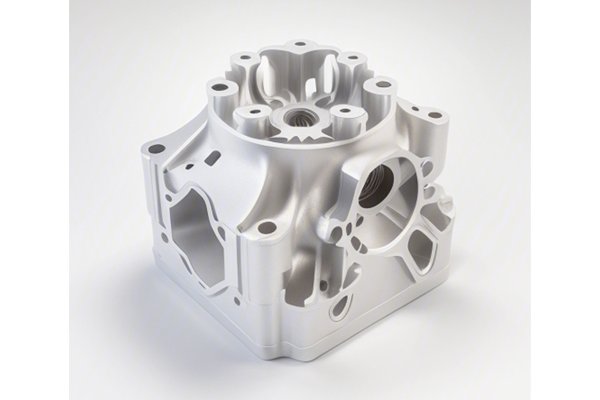—
Introduction: The Heart of Innovation in Manufacturing
Have you ever marveled at the precision of a mechanical watch, the sleek frame of a luxury automobile, or the fine details in surgical instruments? Behind these marvels lies the fascinating world of CNC machining—an art that effortlessly marries technology and creativity. If you’re looking to dive deep into how CNC machining can revolutionize your manufacturing process, you’ve landed in the right place!
In this article, we’ll unpack the key principles of CNC machining, explore its transformative capabilities, and guide you through the nuances that can make or break your efficiency and productivity as a manufacturer. So, buckle up and get ready to navigate this intricate landscape!
What is CNC Machining? A Brief Overview
To kick things off, let’s establish a clear understanding of what CNC machining is. CNC stands for Computer Numerical Control, which is a technology that uses computer-generated commands to control machine tools. Imagine it as an orchestra of machinery, where each instrument (or machine) plays its part in harmony, creating a beautifully composed product.
This technology allows manufacturers to create complex parts with incredible accuracy, using various materials such as metals, plastics, and composites. Think of CNC machining as the magician in the manufacturing industry, turning raw materials into intricate products with just a few flicks of programming!
Key Principles of CNC Machining
Precision and Accuracy: The Twin Pillars
At the core of CNC machining is the relentless pursuit of precision and accuracy. This is achieved through:
Doesn’t it sound exciting to have your manufacturing processes so finely tuned that you could almost set your watch by it?
Versatility of Materials: Speak Any Language
CNC machining isn’t just limited to metals; it welcomes a variety of materials, including plastics and composites. This versatility opens up a world of possibilities:
Think of CNC machining as a talented chef in a gourmet kitchen, ready to whip up delicious dishes using whatever ingredients you place on the counter.
Automation and Efficiency: The Fast Lane
One of the most game-changing aspects of CNC machining is its high level of automation. Traditional methods often require manual intervention, leading to slower processes—think of it like a bicycle compared to a sports car.
With CNC machining:
Complex Geometries: Shaping the Future
Have you ever held a product and marveled at its intricate design? CNC machining can handle complex geometries with ease.
The Transformative Impact of CNC Machining
So, how does all this translate into real-world impact? Let’s explore a few scenarios.
Cost-Effectiveness: More Bang for Your Buck
While investing in CNC machines may seem expensive upfront, they can save you significant amounts in the long run. Consider:
Customization: Tailored Solutions for Every Need
In today’s market, customization is key. Maybe you’re crafting one-off prototypes or batch runs; CNC machining caters to these needs seamlessly.
Quality and Consistency: No Room for Compromise
When it comes to manufacturing, quality control is non-negotiable. CNC machining offers a high level of control over the manufacturing process, ensuring that each product meets its quality standards.
Challenges in CNC Machining and How to Overcome Them
No story is without its hurdles. While CNC machining boasts countless benefits, it’s essential to address potential challenges.
Initial Investment: The Price of Entry
The upfront costs of CNC machines can be daunting. You might wonder, “Is it really worth it?” Here’s how to make the leap less intimidating:
Skill Gap: The Need for Expertise
CNC programming and operation do require trained professionals. Fear not; you don’t have to navigate this alone!
Conclusion: Embrace the Future of Manufacturing
CNC machining isn’t just a tool; it’s a gateway to innovation in the manufacturing industry. By embracing its principles, you can significantly enhance your productivity, reduce costs, and deliver high-quality products that wow your customers.
So, why wait? Dive deep into the world of CNC machining, and let your manufacturing processes soar to new heights. Think of it as planting a seed today that will grow into a flourishing tree, providing your business with the shade of efficiency and the fruits of profitability.
If you have any questions or want to share your insights on CNC machining, feel free to join the conversation! We’re all in this together, learning and growing in this fascinating field. Happy machining!



